Sterling silver jewellery tarnishes easily because it contains copper. Copper makes silver stronger, but it binds with particles of sulphur in the air, producing silver sulfide, which is the black layer you find on silver jewellery after a period of time.
This easy activity cleans jewellery by using a chemical reaction between aluminium foil, baking soda, and the patina on the silver.
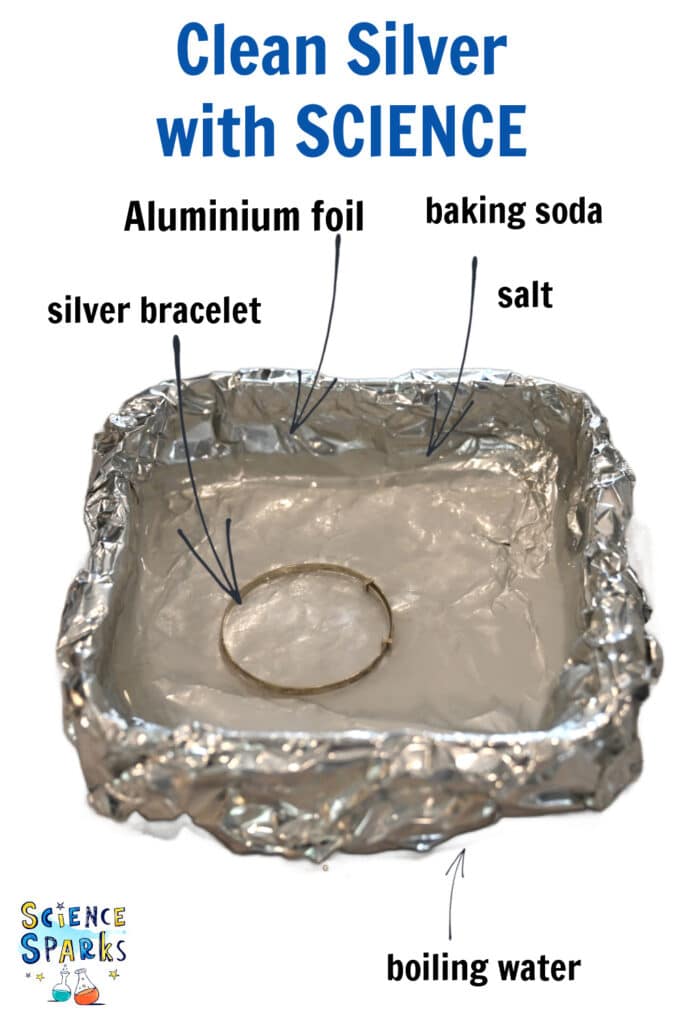
Clean Jewellery with Aluminium, Baking Soda and Boiling Water
You’ll need
A small container
Aluminium foil
250ml of boiling water
2 tablespoons baking soda
Spoon
1 teaspoon salt
Instructions
Place the aluminium foil inside the container with the shiny side facing upwards.
Pour the boiling water over the foil.
Add the baking soda and salt and mix well.
Place the jewellery in the container so it is completely covered by the water and touching the foil.
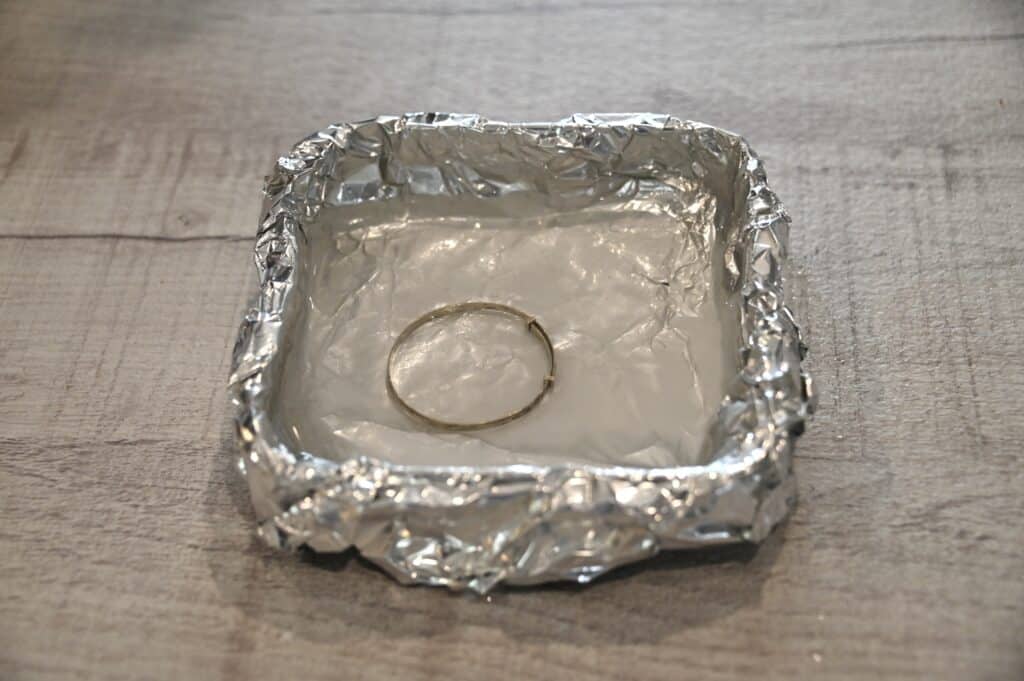
Leave for about 10 minutes, and you should have shiny jewellery again.
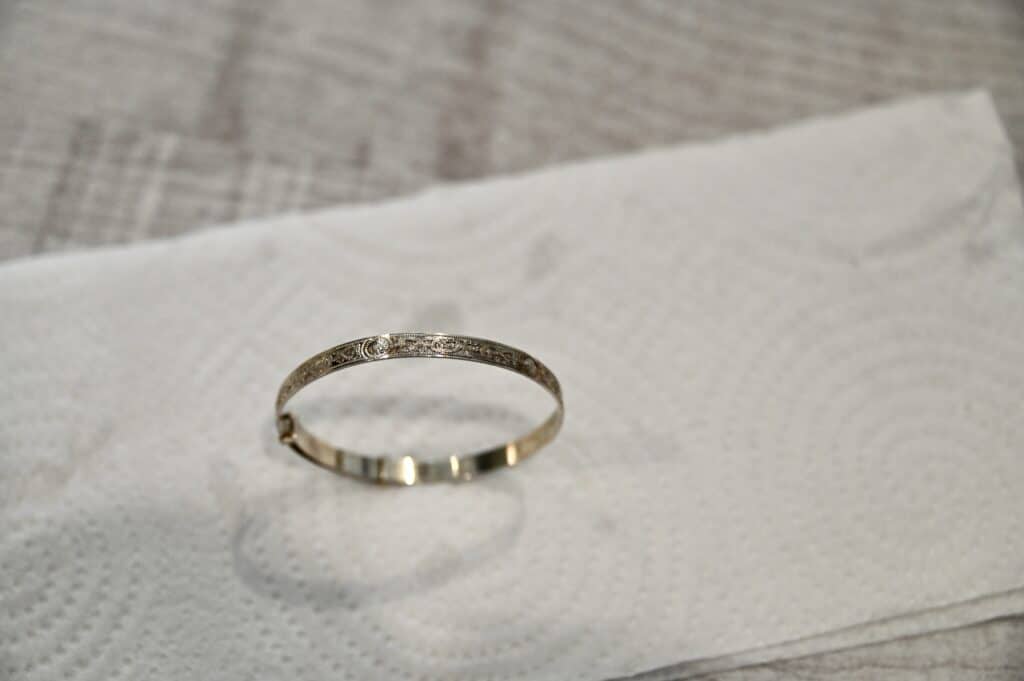
How does it work?
The black patina on silver jewellery is silver sulfide, created when sulphur bonds with silver. However, while sulphur bonds easily with silver, it bonds even more easily with aluminium. The aluminium acts as a reducing agent, giving electrons to the silver in the silver sulfide, reducing it back into silver. This is an example of an electrochemical reaction. A small electric current flows between the silver and aluminium during the reaction.
Why use boiling water and salt?
Boiling water is used to speed up the reaction.
Salt is added to help the aluminium electrons reach the silver.
This method of cleaning jewellery only works with silver. Do NOT try with other metals.
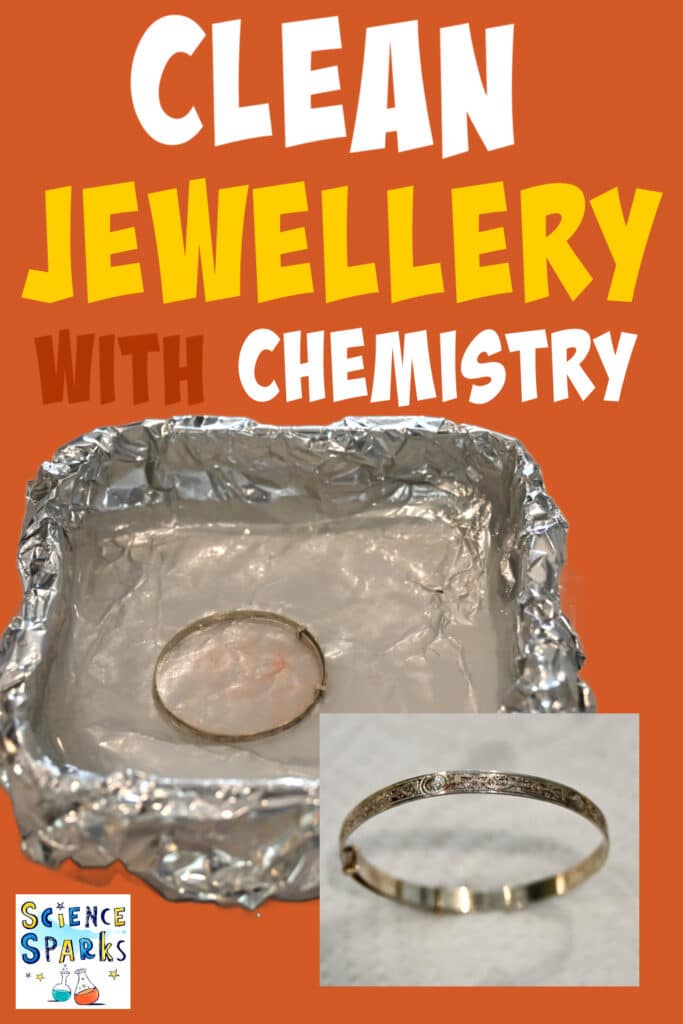
Last Updated on September 12, 2024 by Emma Vanstone
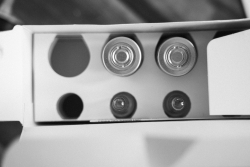








Leave a Comment